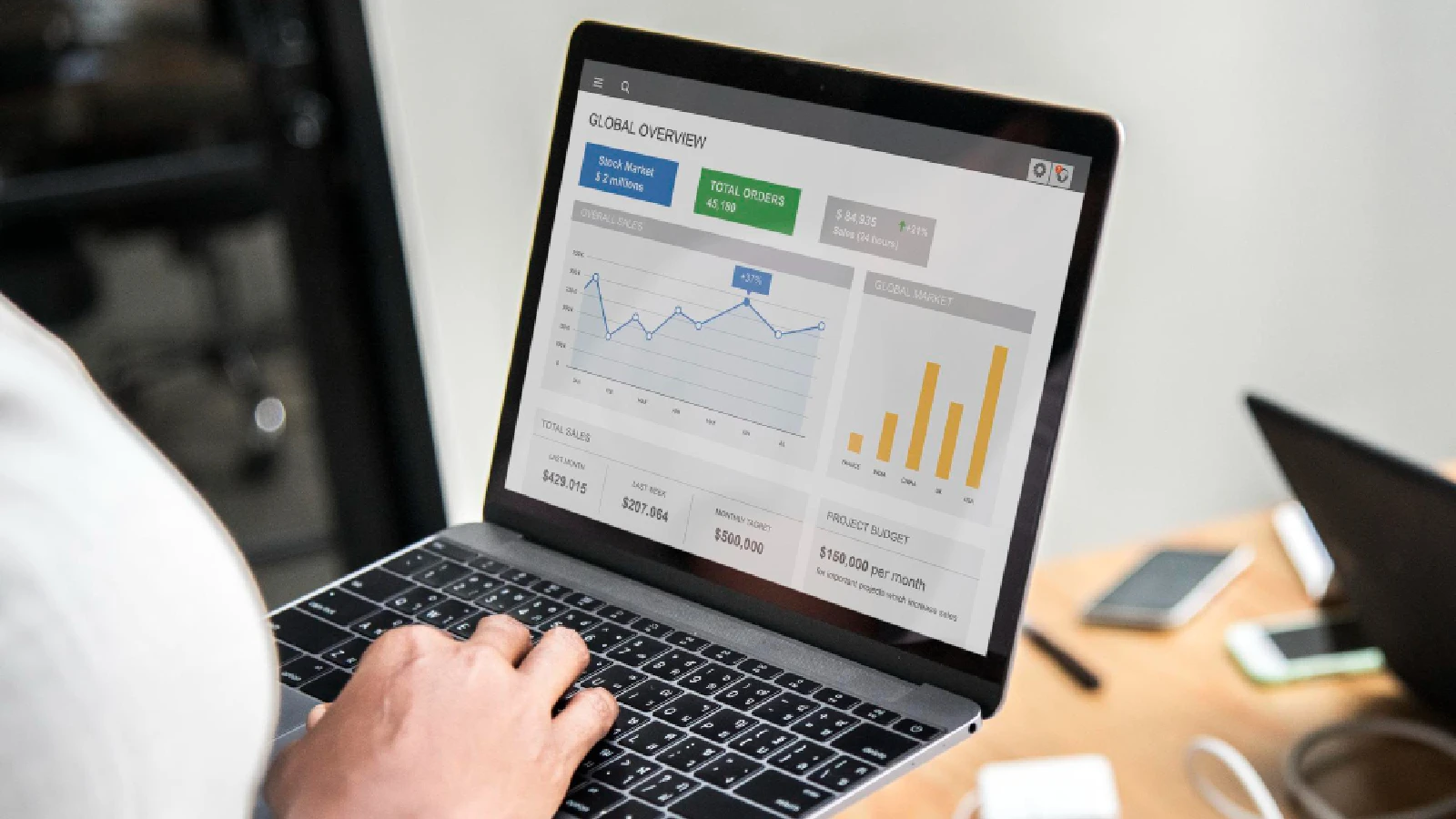Understanding Your Audience: The Foundation of Increased Traffic
Gaining a thorough understanding of your target audience is the cornerstone of any successful strategy to increase website traffic and, subsequently, maximize revenue. First and foremost, recognizing the demographics of your audience—such as age, gender, geographic location, and income level—helps you determine who is visiting your site. This demographic information can be gleaned using tools like Google Analytics, which provides comprehensive reports on visitor data.
Beyond demographics, analyzing behavior patterns is crucial for understanding how visitors interact with your website. Are they regularly engaging with your content, or do they leave after viewing a single page? Heatmaps, session recordings, and analytics from tools like Crazy Egg or Hotjar can offer deep insights into user behavior. Complementing this with data from Google Analytics on metrics such as session duration, bounce rate, and conversion paths empowers you to understand visitors’ journeys and identify areas for improvement.
Another pivotal aspect is understanding your audience’s preferences and interests. Utilizing surveys and social media insights can provide valuable qualitative data. Surveys allow you to ask direct questions and gather subjective feedback from your visitors. Tools like SurveyMonkey or Google Forms make it easy to create and distribute these surveys. Additionally, social media platforms offer in-depth analytics that reveal what type of content resonates most with your audience, whether it’s videos, articles, or infographics.
Creating detailed audience personas based on this amalgamated data is essential. Audience personas are fictitious yet detailed profiles representing different segments of your audience. These personas should include demographic data, behavioral insights, and preferences. When done correctly, they serve as a guide to tailoring your content and marketing strategies effectively, leading to an increase in website traffic. For instance, if one of your personas shows a high engagement rate with blog posts related to ‘digital marketing,’ focusing more on such content can attract similar users, thus enhancing your traffic volumes.
Optimizing SEO: Making Your Website Search Engine Friendly
SEO optimization serves as the backbone for driving organic traffic to your website. It encompasses both on-page and off-page strategies essential for improving your site’s search engine rankings. On-page SEO begins with thorough keyword research. Utilizing tools like Ahrefs or SEMrush can assist in identifying high-traffic keywords relevant to your content. Once you have a solid list, embedding these keywords naturally throughout your content, headings, and meta descriptions becomes imperative.
High-quality content remains a critical factor. Search engines prioritize content that delivers value to users; hence, each piece of content should be informative, well-structured, and engaging. Don’t overlook meta tags—they play a pivotal role in helping search engines understand your page’s relevance. Well-crafted title tags and meta descriptions, incorporating your primary keywords, can significantly influence your click-through rates.
Another essential element of on-page SEO is the use of alt text for images. Alt text not only makes your site accessible to visually impaired users but also gives search engines context about your images. Together with internal linking, which helps distribute page authority and guides users to related content, these steps can boost your SEO effectiveness. Linking to relevant internal pages strengthens your site’s architecture, enhancing both user experience and your search engine rankings.
Switching to off-page SEO, backlinks stand out as a primary strategy. Earning high-quality backlinks from reputable sites can elevate your website’s authority. This can be achieved through guest posts, collaborations, and creating shareable content that others naturally want to link to. Local SEO should not be ignored either. Optimizing your site for local searches by claiming and updating your Google My Business listing can drive regional traffic and bolster local search rankings.
In summary, enhancing your website’s visibility on search engines involves a balanced approach of on-page and off-page SEO techniques. Leveraging tools like Ahrefs or SEMrush for ongoing analysis and optimization can ensure you remain ahead in the ever-evolving world of SEO.
Leveraging Social Media: Boosting Engagement and Traffic
Social media platforms have evolved into powerful channels for driving substantial website traffic. To fully harness these platforms’ potential, it’s essential to select the ones that align well with your audience’s preferences. Start by identifying where your target demographic spends most of their time. For example, younger audiences might favor Instagram and TikTok, while professionals gravitate towards LinkedIn. Understanding these preferences allows for strategic focus, optimizing both effort and results.
Creating engaging content tailored for each platform is pivotal. High-quality images and videos often perform well on visually-centric sites like Instagram and Pinterest. Conversely, written content, such as blogs and articles, might resonate more on platforms like LinkedIn or Facebook. The key is to craft content that not only catches the eye but also encourages interaction, be it likes, shares, or comments. Compelling captions and striking visuals work hand in hand to boost engagement, making your posts more likely to be shared and, consequently, drive more traffic to your site.
Maintaining a consistent posting schedule is equally important in establishing a strong social media presence. Regular updates keep your audience engaged and help in building a loyal following. Use tools like Hootsuite or Buffer to schedule posts in advance, ensuring a steady flow of content without the daily time commitment.
Investing in social media advertising is another potent strategy. Paid advertisements on platforms like Facebook and Instagram allow for targeted campaigns, reaching potential customers based on demographics, interests, and behaviors. Similarly, partnering with influencers can amplify your reach. Influencers have established credibility and followers who trust their recommendations, making collaborations a smart way to introduce your brand to a wider audience.
Lastly, building a community around your brand on social media facilitates deeper engagement. Encourage user-generated content, host Q&A sessions, and participate in conversations to foster a sense of belonging among your followers. A vibrant community not only drives traffic but also creates advocates for your brand, boosting long-term visibility and revenue potential.
Monetizing Your Traffic: Turning Visitors into Revenue
Once you have successfully driven more traffic to your website, the next critical step is to convert these visitors into a viable revenue stream. There are several strategies you can employ to monetize your website traffic effectively. One widely-used method is affiliate marketing, which involves promoting products or services from other companies and earning a commission for each sale generated through your referral. By incorporating relevant affiliate links into your content, you can generate passive income, especially if your website attracts highly targeted traffic.
Another powerful strategy is e-commerce. By selling your products or services directly through your website, you create an avenue for revenue generation. Whether you offer physical goods, digital downloads, or subscription-based services, optimizing your online store for user experience and functionality can significantly increase your sales potential. It’s essential to integrate a reliable payment gateway and ensure a seamless checkout process to enhance customer satisfaction and retention.
Sponsored content is another lucrative monetization method. Collaborate with brands and companies that align with your niche to create sponsored blog posts, reviews, or social media content. This not only provides valuable content for your audience but also drives revenue through sponsorship fees. Ensure transparency by clearly indicating any sponsored material to maintain the trust and credibility of your visitors.
You can also consider creating digital products or services. These could include eBooks, online courses, webinars, or consulting services. Digital products often have high-profit margins and can be sold repeatedly without significant overhead costs. By leveraging your expertise, you can provide valuable resources that solve specific problems for your audience, thereby generating revenue.
The importance of conversion rate optimization (CRO) cannot be overstated. Techniques such as A/B testing allow you to compare different versions of your webpages to determine which performs better. Optimizing landing pages is crucial for converting visitors into customers, and this can be achieved through compelling headlines, clear calls-to-action, and persuasive content. Utilizing analytics tools to track user behavior and conversion metrics helps identify areas for improvement, ensuring that your website is effectively turning traffic into revenue.



